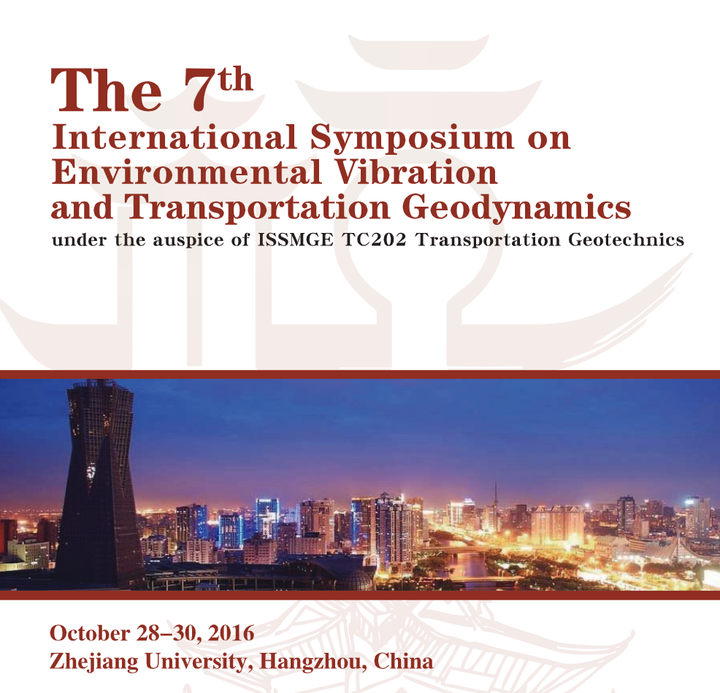
Abstract
Railway is one of the most important transportation modes for population and freight and plays an increasingly vital role in economic development around the world. High-speed railways are undergoing rapid development in many countries in recent decades, but there are many unsolved challenges for fundamental science and innovation in developing sustainable railway trackbed. Achieving a deeper understanding of the fundamental mechanism of the trackbed deformation under dynamic train loads, and thus developing effective design is a pressing problem, but major scientific challenges remain. In this study, the discrete element method (DEM), which simulates individual particles and their interactions, is used to investigate the fundamental mechanism of a full scale ballasted trackbed that will be constructed at Zhejiang University.
Deformations of railway trackbed have been investigated to date largely using conventional soil testing methods, physical modelling, in-situ experiments and continuum based numerical simulations. However, these methods focus on the bulk (macro) behaviour: they can neither consider the non-homogeneity in the ballast granular materials, nor give any information on discrete particle movements and the micromechanics producing the observed trackbed deformation. This paper presents the first results of the research collaboration between Zhejiang University and the University of Edinburgh to seek a new understanding of ballasted track deformation and dynamics using advanced DEM particle-scale computational modelling, coupled with a state-of-the-art full scale physical model testing on railtrack ballast system. A full scale DEM model has been implemented and calibrated using bulk measurements on the ballast. The model has been subjected to the 70 km/h and 360 km/h train loadings based on the well-known Ledsgård tests carried out with an X-2000 train. The evolution of the track deformation and the stress state for the ballast after numerous cycles of loadings are presented. A good agreement in the sleeper dynamic deformation response between the DEM prediction and the measurements of the Ledsgård tests has been found. The results show significant promise of what can be achieved using DEM modelling.
Slides can be added in a few ways:
- Create slides using Wowchemy’s Slides feature and link using
slidesparameter in the front matter of the talk file - Upload an existing slide deck to
static/and link usingurl_slidesparameter in the front matter of the talk file - Embed your slides (e.g. Google Slides) or presentation video on this page using shortcodes.
Further event details, including page elements such as image galleries, can be added to the body of this page.